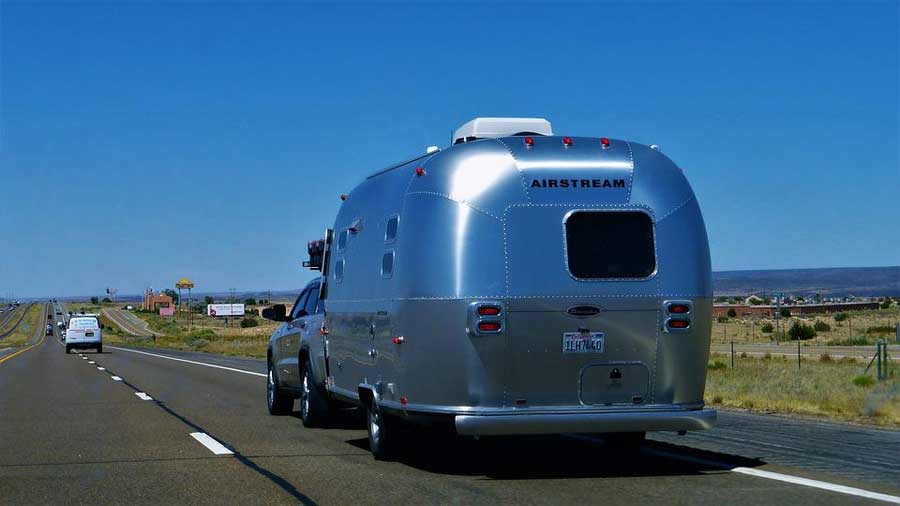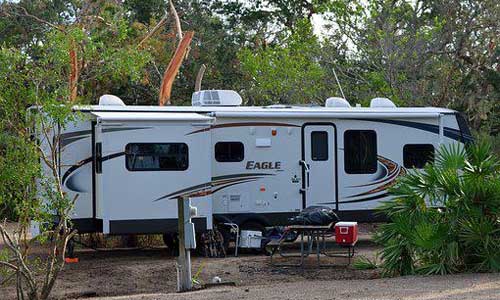
The idea of a caravan has been around for millennia. The caravan became useful when people were travelling between trade routes and transporting goods.
During the era of the Silk Road that stretched from the east of Asia all the way to Europe, caravans were used to tow supplies and goods for thousands of kilometres. During the renaissance, European gipsies lived and travelled via horse-drawn caravans.
Caravan styles and models would change a lot over the decades. Bristol Wagon built the first luxury caravans in the 1880s, but it would still rely on horses to take passengers from point A to point B.

The arrival of motor vehicles made the dream of towing a caravan by car a reality for the first time in 1919. Eccles Motor Transport designed and manufactured the first caravan to be towed by a car in Birmingham. The models were designed with two berths, a wardrobe, as well as a small stove.
Eccles would improve on the design as the years went on, with luxury and more spacious models entering the market. Initially, the price of a suitable caravan was high, and it was purposefully designed for the upper-class individual. After the Second World War, the price for an average caravan dropped, making it more affordable for the average individual.
During the 1950s, the demand for caravans soared, with many companies producing quality caravans for travel and accommodation. Electric components and lighting were soon added to make caravans feel safer and more comfortable.
Models were soon developed toilets, fridges, basins, running hot water, and other luxury fittings to cater to demands. There were many advantages of owning a caravan.
Camping and caravanning clubs have grown extensively ever since. In 2017 it was estimated that about half a million people in the UK own a caravan, and the local tourism sector estimated that people spent more than £1.6 billion pounds on caravan trips in the same year.
